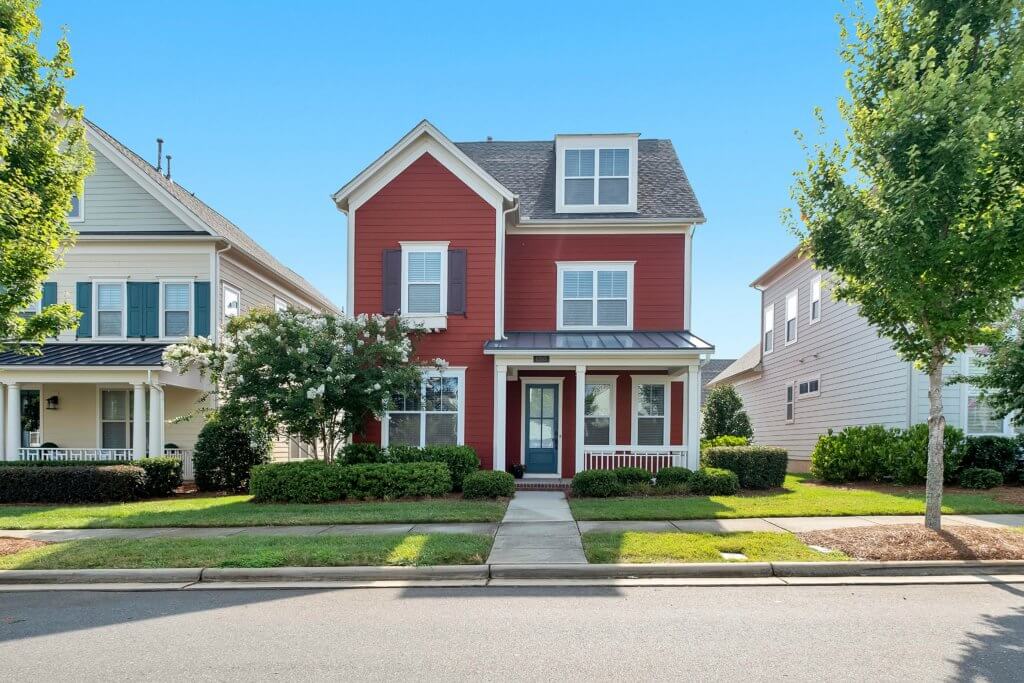Where you live could be aging your brain prematurely and increasing your risk of dementia later in life, according to a new study out of Duke University. The findings suggest that residing in a disadvantaged neighborhood may have detrimental effects on brain health, regardless of individual income or education level.
The study’s lead author, clinical neuropsychologist Aaron Reuben, Ph.D., emphasizes the importance of considering a patient’s address when assessing dementia risk. “If you want to prevent dementia, and you’re not asking someone about their neighborhood, you’re missing information that’s important to know,” said Reuben, who conducted the research as a postdoctoral scholar at Duke, in a statement.
Dementia, a debilitating neurological disorder characterized by memory loss and cognitive decline, affects an estimated 58 million people worldwide. Prior research shows the number of people with dementia will triple by 2050. With no effective treatments or cures currently available, researchers are shifting their focus to prevention through lifestyle changes like diet and exercise.
However, Reuben and his colleagues wondered if geographic location might be a stronger predictor of future dementia risk than individual choices alone. Just as certain regions, dubbed “blue zones,” are known for their residents’ exceptional longevity, could there be a similar pattern for brain health?
To find out, the research team analyzed medical records and addresses of 1.41 million New Zealanders. They used census data to rate each neighborhood’s socioeconomic status on a scale from one to ten, considering factors like average income, employment, education levels, and transportation accessibility.
The results were striking: those living in the most disadvantaged areas had a 43% higher risk of developing dementia over the 20-year study period. This finding aligns with previous smaller-scale studies in the United States and England.
But Reuben’s team took the investigation a step further by examining data from the Dunedin Study, which has tracked nearly 1,000 New Zealanders from birth, documenting their psychological, social, and physiological health, including brain scans and cognitive assessments in adulthood.
Shockingly, study participants living in disadvantaged neighborhoods showed signs of poorer brain health as early as age 45, regardless of their personal income or education. MRI scans revealed that their brains appeared three years older than expected, with fewer or smaller nerve cells, less efficient communication between brain regions, and more atrophy.
These individuals also performed worse on memory tests and reported more difficulties with everyday cognitive tasks, like following conversations or navigating familiar places. “It’s not just what personal resources you have, it’s also where you live that matters,” said study co-author Avshalom Caspi, Ph.D., a psychology and neuroscience professor at Duke.
The exact mechanisms linking neighborhood disadvantage to accelerated brain aging remain unclear, but researchers suspect a combination of factors such as air pollution, lower levels of social interaction, higher stress, and reduced walkability could be at play.
The good news is that combating this increased dementia risk may be achievable through simple, low-cost interventions. The researchers suggest targeting dementia prevention programs to underserved neighborhoods and transforming vacant lots into community green spaces.
But perhaps the most immediate takeaway is the importance of considering a patient’s neighborhood when assessing dementia risk. “If you want to truly prevent dementia, you’ve got to start early, because 20 years before anyone will get a diagnosis, we’re seeing dementia’s emergence,” Reuben said. “And it could be even earlier.”
The study, published in Alzheimer’s & Dementia: The Journal of the Alzheimer’s Association, adds to a growing body of evidence highlighting the profound impact of social determinants of health and long-term well-being. It echoes the seminal work of Dr. Stewart Wolf and his colleagues in the 1960s, who identified the Italian village of Roseto, Pennsylvania, as a “blue zone” where residents enjoyed remarkably low rates of heart disease despite high-fat diets, likely due to the town’s strong social cohesion and sense of community.
As the global population ages and dementia cases continue the upward trend, understanding and addressing the complex interplay between individual choices and community-level factors will be crucial in the fight against this devastating disease. By acknowledging the role of neighborhood disadvantage and targeting prevention efforts accordingly, we may be able to give more people a fighting chance at preserving their cognitive health well into their golden years.












